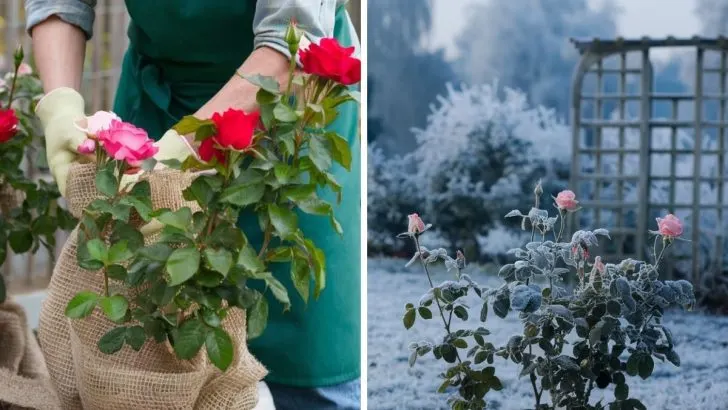If roses are the crown jewels of your garden, winter can feel like a looming threat to their splendor. Yet, with the right preparation, your rose bushes can weather the cold months and burst into an even more impressive bloom in the spring. This is not just about survival; it’s about ensuring your roses come back healthier and more beautiful.
The importance of winterizing your rose bushes can’t be overstated. Without the proper care, cold weather can damage or even kill your cherished plants.
However, with a few strategic steps, you can protect your roses from the harsh conditions and give them a head start for the next growing season.
Here’s a comprehensive guide to getting your rose bushes ready for winter. Each of these steps is designed to shield your plants from the cold and set the stage for a spectacular floral display come spring.
1. Prune with Precision
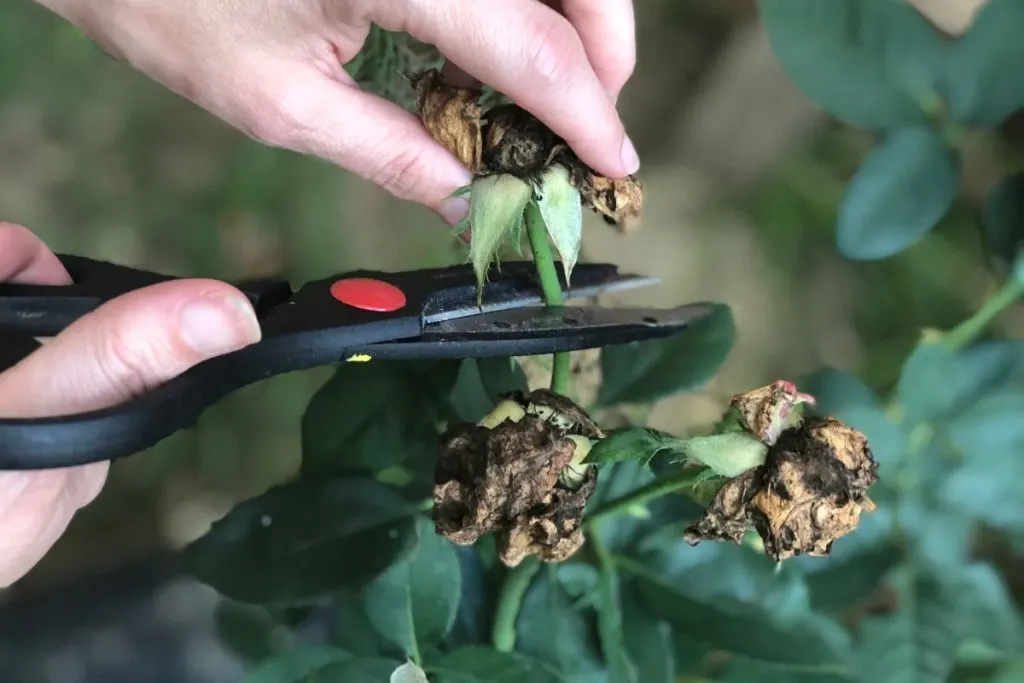
Pruning is not merely cosmetic; it’s a critical step in preparing your roses for winter. By the late fall, you should carefully remove any dead or diseased wood. Trimming your roses back by about a third helps prevent wind damage by reducing their overall height and makes them less susceptible to disease.
Think of pruning as a haircut your plants need to stay healthy. Use clean, sharp tools to avoid damaging the bushes. Start by removing anything that looks sickly or weak. This will help improve air circulation and prevent winter molds and fungi from taking hold.
While it might feel counterintuitive to cut back on growth, remember that this will encourage a stronger bloom next season. Healthy pruning this fall means robust growth when the weather warms up.
2. Clear and Clean
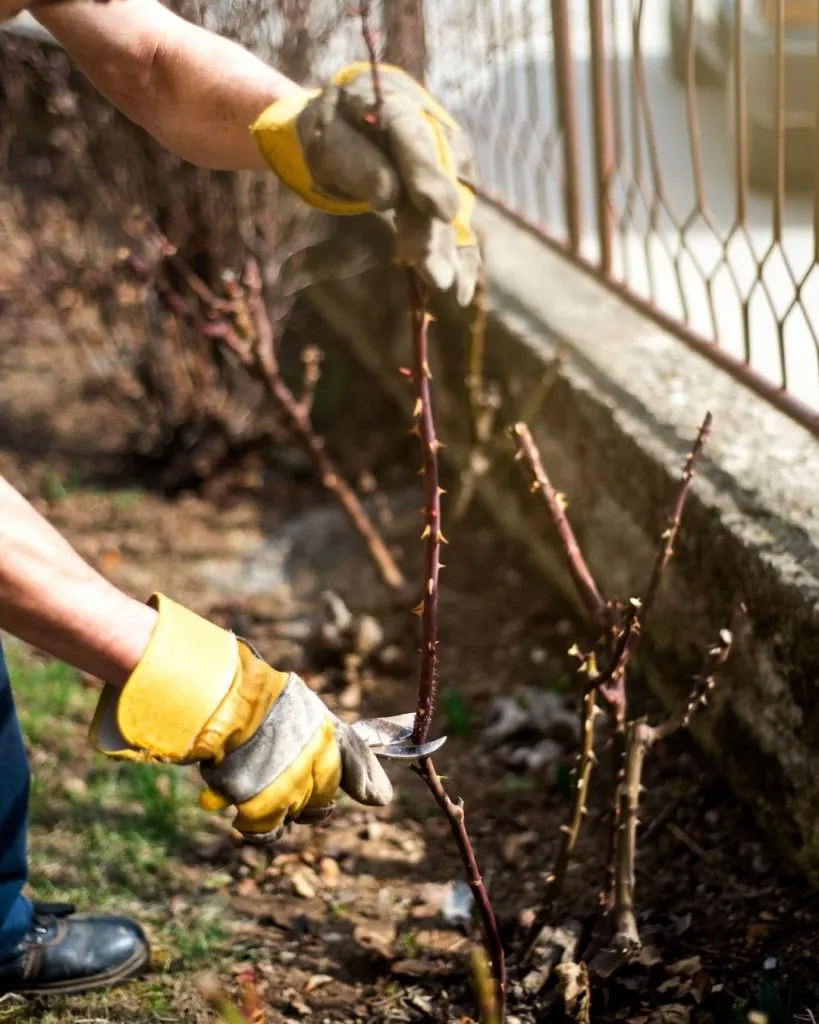
Once the pruning is done, it’s time to clear the ground around your rose bushes. Remove all fallen leaves and debris from the soil surface to prevent pests and diseases from using them as wintering grounds. Think of this step as rolling out a clean carpet for your plants.
Insects and fungi love to hunker down during the cold months, so getting rid of their hiding spots is crucial. Consider using a gentle rake or even your hands to clear out the area, making sure you’re not disturbing delicate roots.
Remember, a tidy garden isn’t just about aesthetics; it’s a foundational step in disease prevention. By keeping things clean, you’re creating an unfriendly environment for those pesky pathogens.
3. Feed with Love
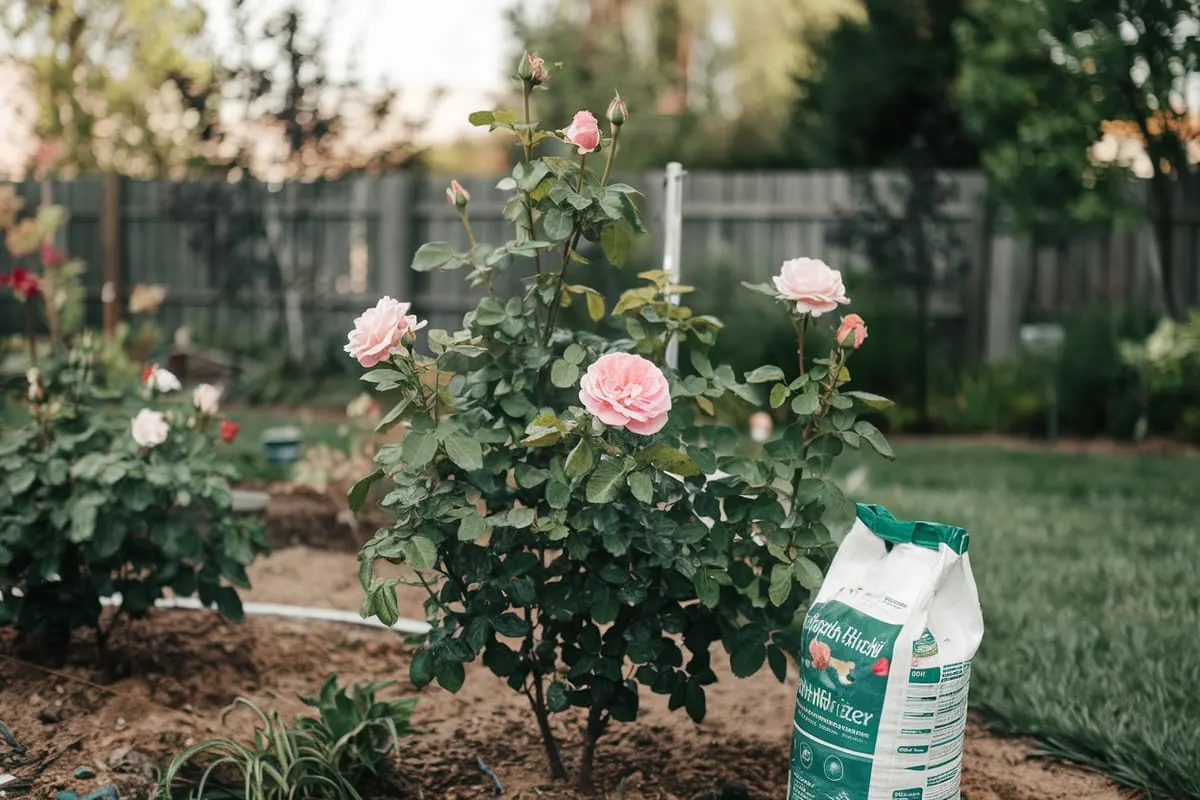
Believe it or not, your roses need one last feeding before winter sets in. Opt for a balanced, slow-release fertilizer that will nourish the roots over the winter months. This will help fortify the plant and provide it with the nutrients necessary for the cold season.
Consider this step akin to stocking up your pantry before a snowstorm. Feeding your roses now ensures they have the reserves they need for months of dormancy. Avoid high-nitrogen fertilizers though, as these can promote unwanted growth that’s vulnerable to frost.
With the right nutrients, your rose bushes can conserve energy and emerge into spring stronger than ever. A well-fed rose is a happy rose!
4. Mulch Generously
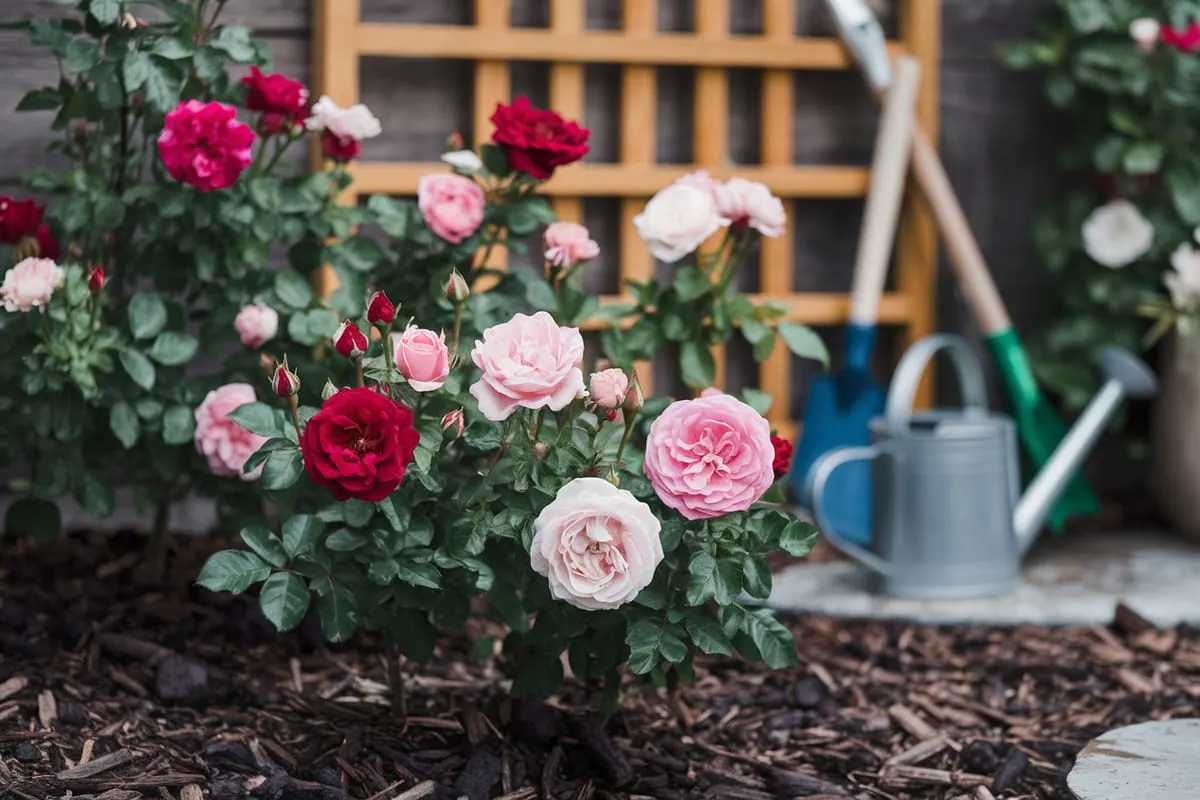
Mulching is like tucking your roses in with a warm blanket. Cover the base of the plant with a thick layer of organic mulch, such as shredded bark or leaves, to insulate against the cold and maintain soil moisture.
Apply this layer once the ground has started to freeze; typically, a 4 to 6-inch coverage is ideal. Mulch not only shields the roots but also helps to regulate temperature fluctuations, which are a common stressor during winter.
A properly mulched rose bush is less likely to experience root damage. Think of mulch as insurance against the winter’s worst.
5. Water Wisely
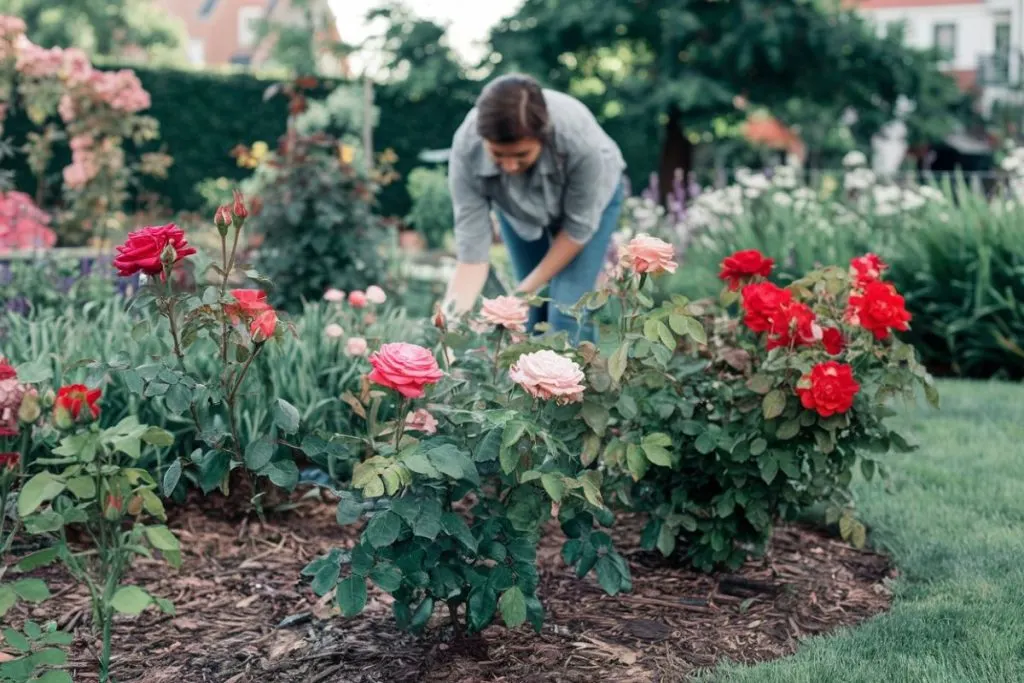
Before the ground freezes, ensure your roses are well-watered. They need a deep soaking to go into the winter hydrated because they won’t be able to absorb water once the ground is solid.
Imagine yourself facing winter without a cozy sweater; this is how your roses feel if they enter the season thirsty. A good rule of thumb is to water deeply a day before the first expected frost.
Keep an eye on the weather forecasts, and give your roses one last drink as part of your pre-winter ritual.
6. Protect with Barriers
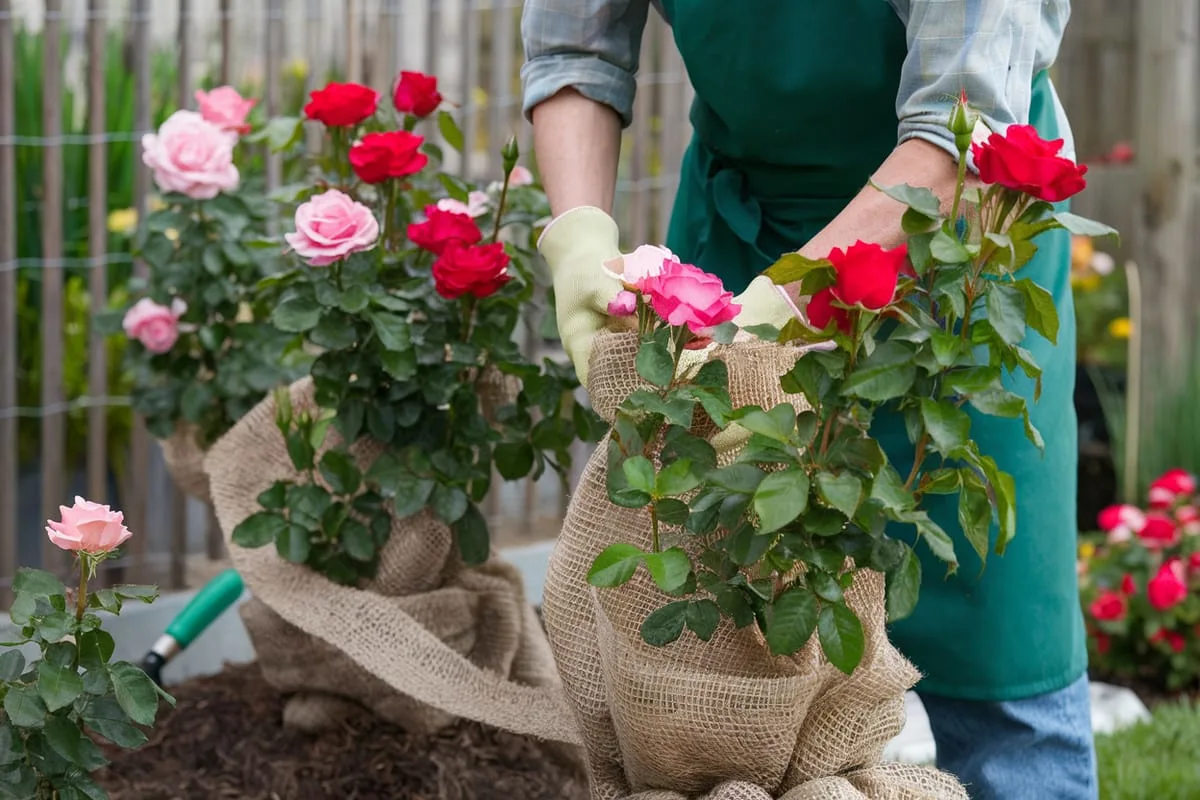
In areas prone to severe winter conditions, additional protection may be required. Consider using burlap or rose cones to shield the delicate branches from harsh winds and frost. These barriers can be likened to your rose bushes donning a winter coat.
Wrap the burlap loosely around the bushes, or use rose cones for particularly vulnerable varieties. This protection is especially crucial if your garden is exposed to prevailing winds or if temperatures drop significantly.
Barriers help mitigate the desiccating effects of winter winds, ensuring your roses stay safe and sound during the cold months.
7. Inspect and Adjust
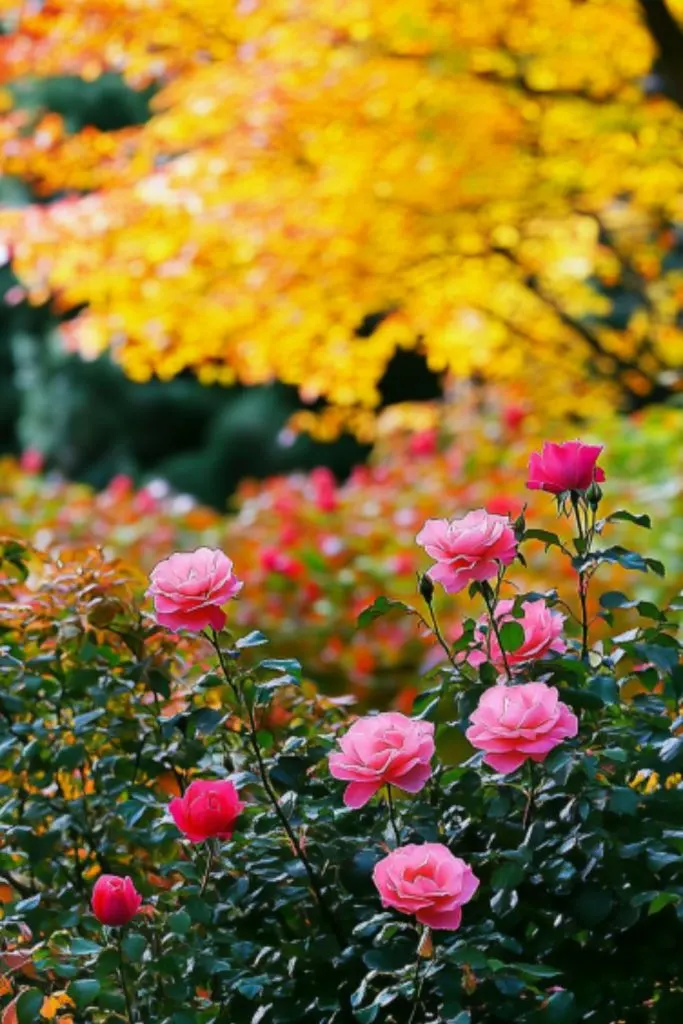
Winter is not a set-it-and-forget-it season. Periodically check on your rose bushes to ensure they are weathering the conditions well. Look for signs of mold, pests, or uncovering mulch and make adjustments as necessary.
Consider this akin to checking in on a house guest to make sure they’re comfortable. Sometimes, small adjustments can make all the difference between a thriving plant and one that struggles.
If need be, add more mulch or adjust barriers as winter progresses. Regular check-ins will provide peace of mind and allow for proactive problem-solving.
8. Patience Pays Off
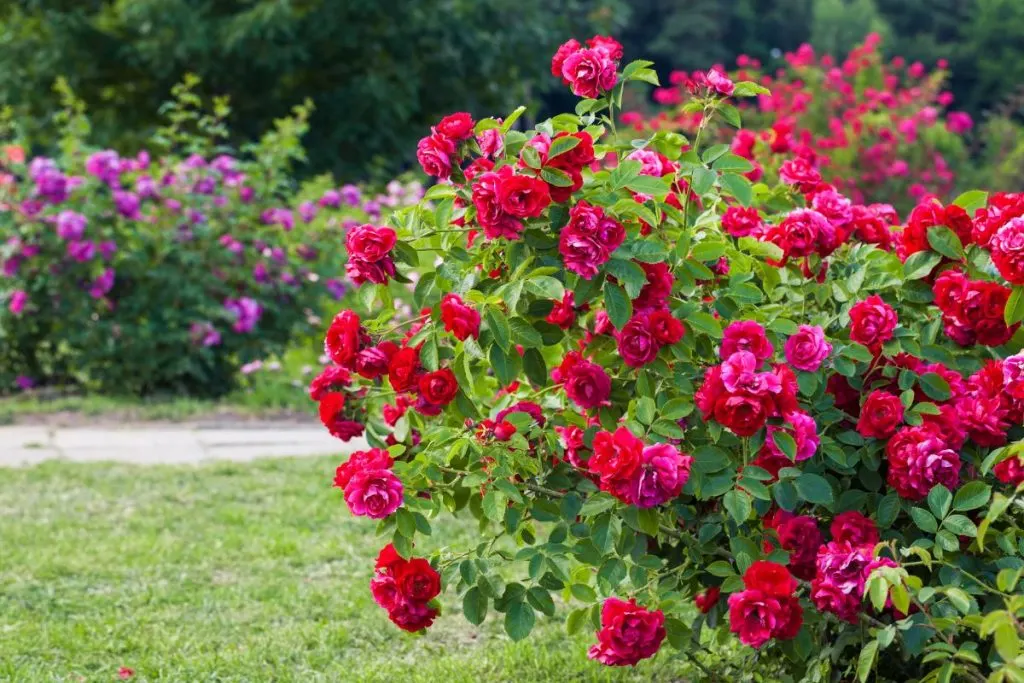
Finally, embrace the waiting game. Winterizing requires you to trust the process and let nature take its course. While patience might not be the most glamorous step, it’s essential for future success.
Give your roses the time they need to rest and rejuvenate. When spring arrives, they’ll thank you with their vibrant blooms and healthy foliage.
Remember, as with many things in gardening, what you sow in the fall, you shall reap in the spring. Your efforts now will be rewarded with a flourishing rose garden that boasts even bigger, brighter blooms.
Embrace Your Rose Garden’s Future
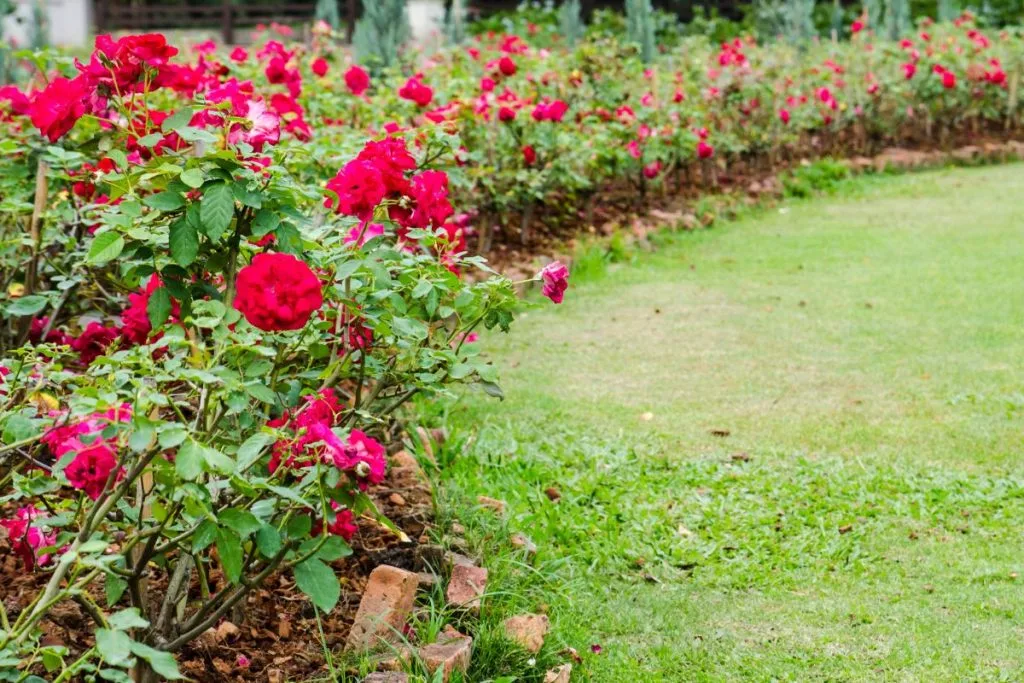
By carefully following these steps, you are setting your rose bushes up for a successful winter dormancy and a spectacular revival in the spring. Each action you take is an investment in the beauty and health of your future garden.
So, take the time to prepare your rose bushes adequately, and you’ll be rewarded with a garden full of life. Now, as you wrap up your outdoor activities, picture those future blooms dancing in the breeze, and know that your effort was well worth it.

